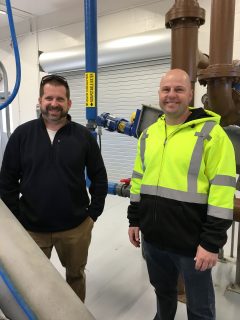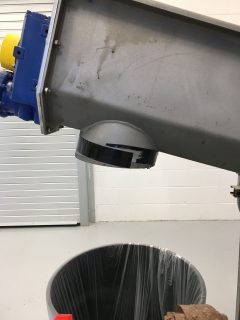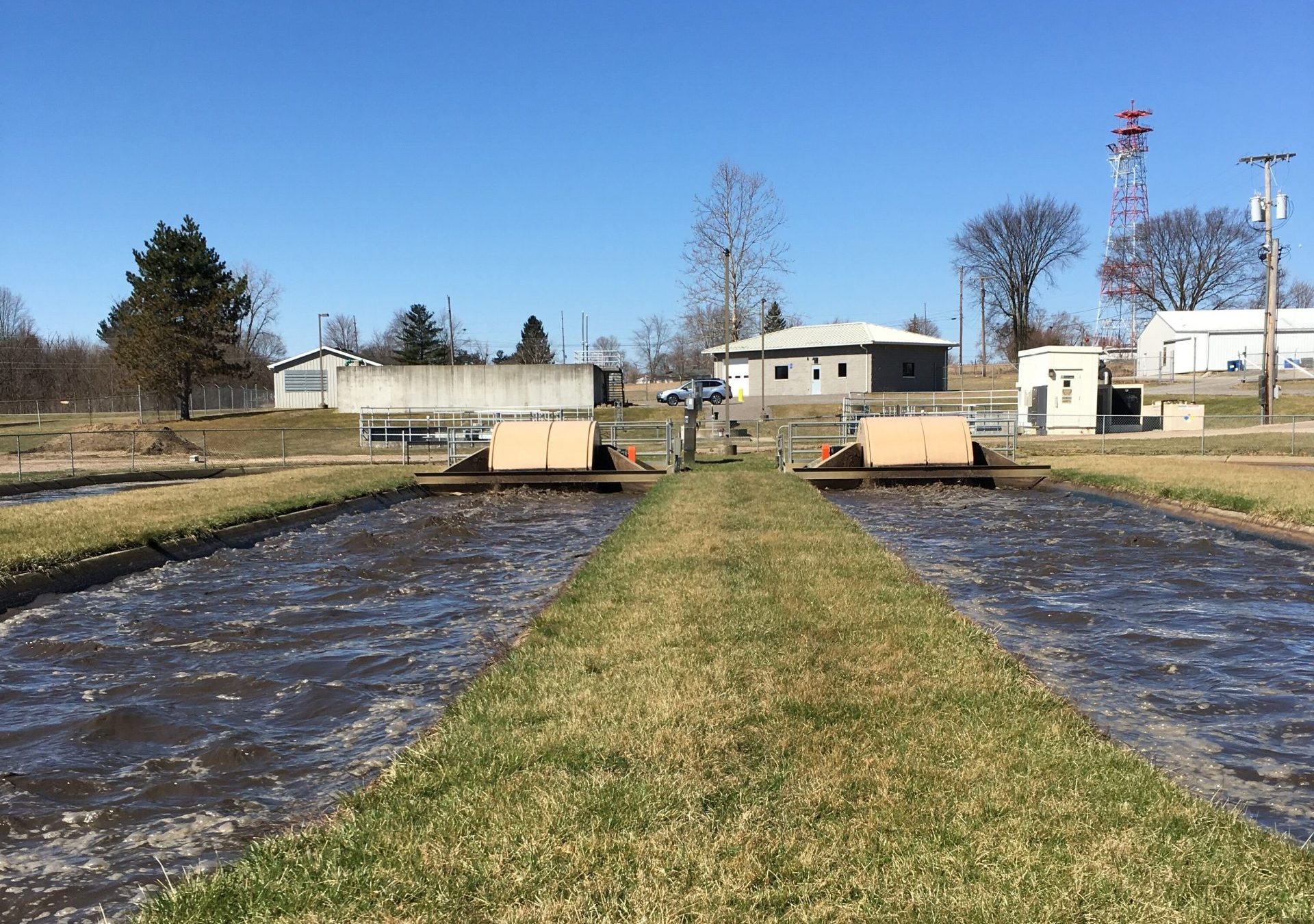From using up as much as three gallons of water per flush, toilets since 1990 in new-build projects have been required to use no more than 1.6 gallons per flush – a water-saving measure that everyone would support the principle of.
Some newer, low-flow or high efficiency toilets use just 1.3 gallons of water per flush – whilst some newer urinals use just half a gallon per flush or no water at all.
Using less water and saving money makes perfect sense, but what about at the end of the line? Already, buildings in numerous towns and cities now have unpleasant odor problems caused by not enough water being released into the sewer system, with sludge backing up inside the pipes.
In West Unity, Ohio, some 50 miles west of Toledo, the village’s wastewater treatment plant found itself in violation from a heavy ammonia load, requiring an upgrade in equipment to provide a long-lasting solution. In addition to the village’s wastewater, the treatment plant (designed in 1970) began to supply water and receive wastewater from the nearby Ohio Turnpike toll road service plaza. Located in Williams County in close proximity to Michigan and Indiana, this area is known as the Top of Ohio, where three major highways (20-A, 127 & 191) all converge.
Since 2010, as an increasing number of people with campervans and RVs use the plaza’s waste holding tank’s dump stations, extensive restrooms and food facilities, the challenge of treating the wastewater has become much greater. Part of the problem has been the effect of the low-flow toilets and no-flow urinals triggering ammonia levels to reach an all-time high.
‘We were struggling to get enough dissolved oxygen’
“It’s fair to say that we only had rudimentary bar screens and grit collection”, said Josh Fritsch, Village Administrator for West Unity, “but we were struggling to get enough dissolved oxygen (DO) in. We tried all sorts of things, but the oxidation ditch rotors, installed in 1997, weren’t designed for such a load, so couldn’t cope. It was particularly bad in the heat of the summer”.
He added: “We were also having to cope with endless rags and therefore having to carry out lots of maintenance – so we’d reached a point where we needed an upgrade and get the plant back to meeting its consent limits”.
In 1970, West Unity’s wastewater treatment plant benefitted from the introduction of Lakeside Equipment Corporation’s Cage Rotor Aerators, which were then upgraded in 1997.
Two decades on, to handle increasingly stringent consent limits, an increasing population and the extra responsibility of the service plaza, it was decided to replace the Cage Rotor Aerators with larger Magna Rotor Aerators from Lakeside (with consulting engineers Poggemeyer Design Group, designing the treatment plant upgrade).
As aerators, these high-performance Lakeside Magna Rotors provide oxygen to the biological mass – and mix microorganisms uniformly to prevent solids from settling in the biological treatment system. It also makes it possible to sustain high concentrations of microorganisms so that variations in organic loading and shock loads are comfortably absorbed by the system. The wide range of oxygen transfer provides West Unity’s plant operators with maximum flexibility to match the demand of the system. Oxygen enrichment efficiency is further enhanced by flow control baffles.

As well as the new Magna Rotor Aerators, a principal forgiveness loan from the division of environmental and financial assistance from the Ohio EPA’s State Revolving Loan Fund, also helped secure a new headworks. This consists of a Lakeside Micro Raptor Strainer Screen and a new Lakeside Spiragrit grit removal system in a masonry building. The complete project has also included a new administration building, replacement of the UV disinfection equipment, flow meters, Variable Frequency Drives, SCADA, piping, demolition and electrical work.
‘We were confident that we were also investing in superior quality engineering’
Randy Mahlman, West Unity’s Water and Wastewater Treatment Plant Superintendent, continued: “We wanted equipment that would stand the test of time, so insisted on highly efficient stainless-steel rotors for aeration, rather than have a product that would inevitably need replacing.

“Lakeside’s oxidation ditches have a long track record here, going back over 40 years, so we were confident that we were also investing in superior quality engineering with the new screen and the grit collector”.
Ideal for smaller treatment facilities such as West Unity, Lakeside’s Raptor Micro Strainer screen benefits from a semi-circular basket with apertures ranging from 0.04 to 0.25-inches (1 to 6 mm) to capture small debris that passes through other screens. Captured screenings are washed, compacted and dewatered to a dry solids content of 40 percent as they are transported up an inclined screw for disposal. This step reduces volume by 50 percent and weight by 67 percent, significantly reducing disposal costs.
The Lakeside SpiraGrit vortex grit removal system at West Unity removes inorganic grit in a mechanically induced vortex environment. Rotating paddles maintain the flow velocity in the vortex chamber, keeping organics in suspension while allowing heavier grit to settle on the chamber floor, before dropping into the lower grit hopper.

‘Immediate improvement’
“The plant is now running so much better”, added Randy Mahlman, “and despite the new Magna Rotors being larger, we have seen a decrease in horsepower, so we are making savings on power consumption”.
Josh Fritsch concluded: “Lakeside and their agent Paul Matrka at Smith Environmental have worked very closely with us, helping optimise the equipment with some adjustments. We also thought that we’d see plies and piles of rags, but the equipment washes them and compresses them efficiently, meaning we don’t need a big dumpster, which we first thought would be essential. Before the improvements we might see DOs of 0.2mg/l but now we’re up at 1.5mg/l and higher. We saw an immediate improvement in the treatment plant’s performance, which has meant that we now easily meet our effluent permit limits”.
ends

